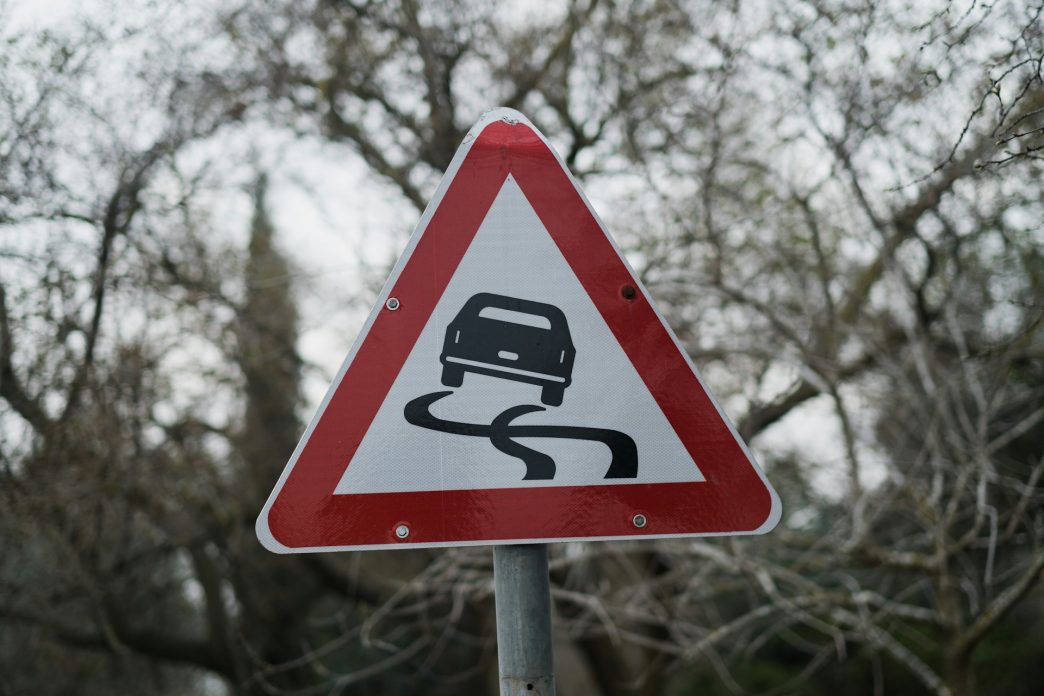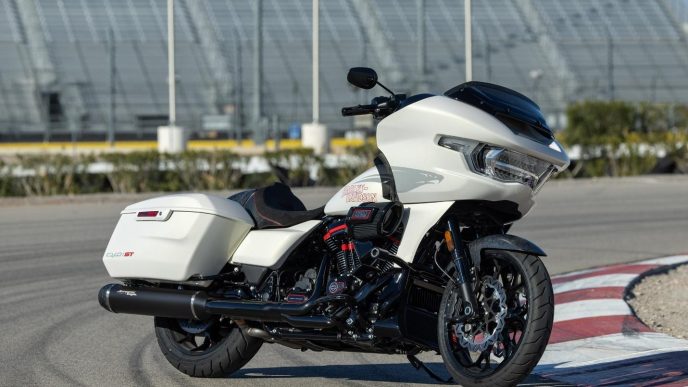Understanding the Risks
Before diving into the specifics, it’s important to recognize the types of dangerous conditions you might encounter on the road. Each type poses unique challenges and requires different strategies to handle safely.Common Dangerous Conditions
- Rain and Wet Roads – Reduced traction can lead to hydroplaning.
- Snow and Ice – Extremely slippery surfaces can cause loss of control.
- Fog – Reduced visibility makes it hard to see and be seen.
- High Winds – Can affect vehicle stability, especially for larger vehicles.
- Extreme Heat – Can cause tire blowouts and engine overheating.
Preparing Your Vehicle
A well-prepared vehicle is your first line of defense against dangerous road conditions. Regular maintenance and being equipped with the right tools can make a significant difference in handling unexpected challenges.Essential Vehicle Checks
- Tires – Ensure they are properly inflated and have adequate tread depth.
- Brakes – Check for responsiveness and have them inspected regularly.
- Lights – Keep all lights functional and clean to improve visibility.
- Wipers and Fluids – Replace old wiper blades and ensure your vehicle has enough windshield washer fluid, particularly in winter.
- Battery – Check the battery’s condition, especially before winter, as cold weather can reduce its efficiency.
Strategies for Driving in Specific Conditions
Each hazardous condition requires a tailored approach.Rain and Wet Roads
Driving on wet roads requires extra caution, as traction is significantly reduced. Here’s how to handle it:- Slow Down – Lowering speed gives you more control and time to react.
- Increase Following Distance – Keep a greater distance from the car ahead to allow for longer stopping distances.
- Avoid Sudden Movements – Smooth steering, braking, and accelerating can help maintain control.
- Use Headlights – In rain, always turn on your headlights to increase visibility.
Snow and Ice
Winter conditions are among the most challenging, requiring extra preparation and caution.- Use Winter Tires – These provide better grip in snowy and icy conditions.
- Drive Smoothly – Sudden movements can cause skidding; gentle steering and braking are key.
- Keep a Safe Distance – Like in rain, maintaining a greater following distance is crucial.
- Clear Snow and Ice – Ensure all windows, mirrors, and lights are free of snow and ice for maximum visibility.
Fog
Fog can severely limit your visibility, making it one of the most dangerous conditions to drive in.- Use Low Beams – High beams can reflect off the fog and reduce visibility.
- Reduce Speed – Drive slower to account for limited visibility.
- Use Fog Lights – If your car is equipped with them, they can help illuminate the road.
- Avoid Sudden Stops – Gradual slowing helps prevent rear-end collisions.
High Winds
High winds can be particularly dangerous, especially for larger vehicles like trucks and SUVs.- Grip the Wheel Firmly – Be prepared for sudden gusts of wind.
- Reduce Speed – Slower speeds can help maintain control.
- Keep an Eye on Larger Vehicles – Trucks and buses are more affected by wind and may sway unexpectedly.
- Avoid Overcorrections – Gentle steering adjustments are better than sudden jerks.













